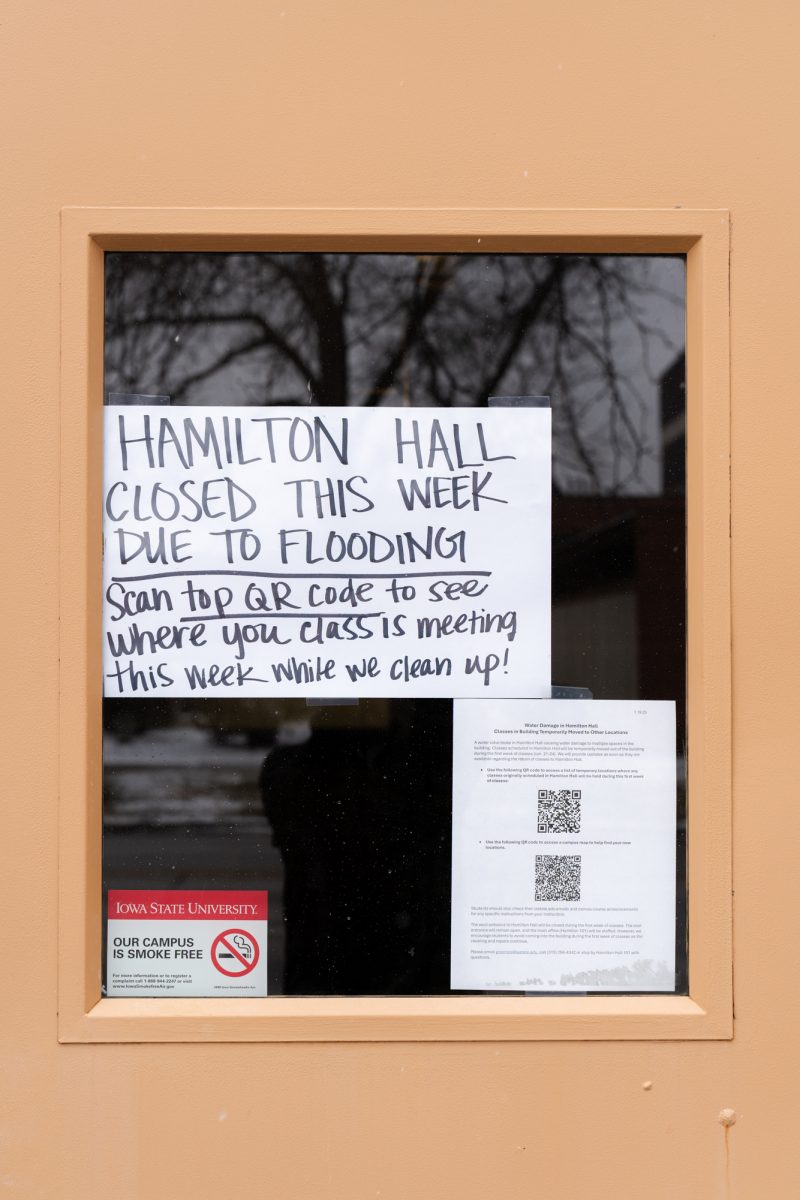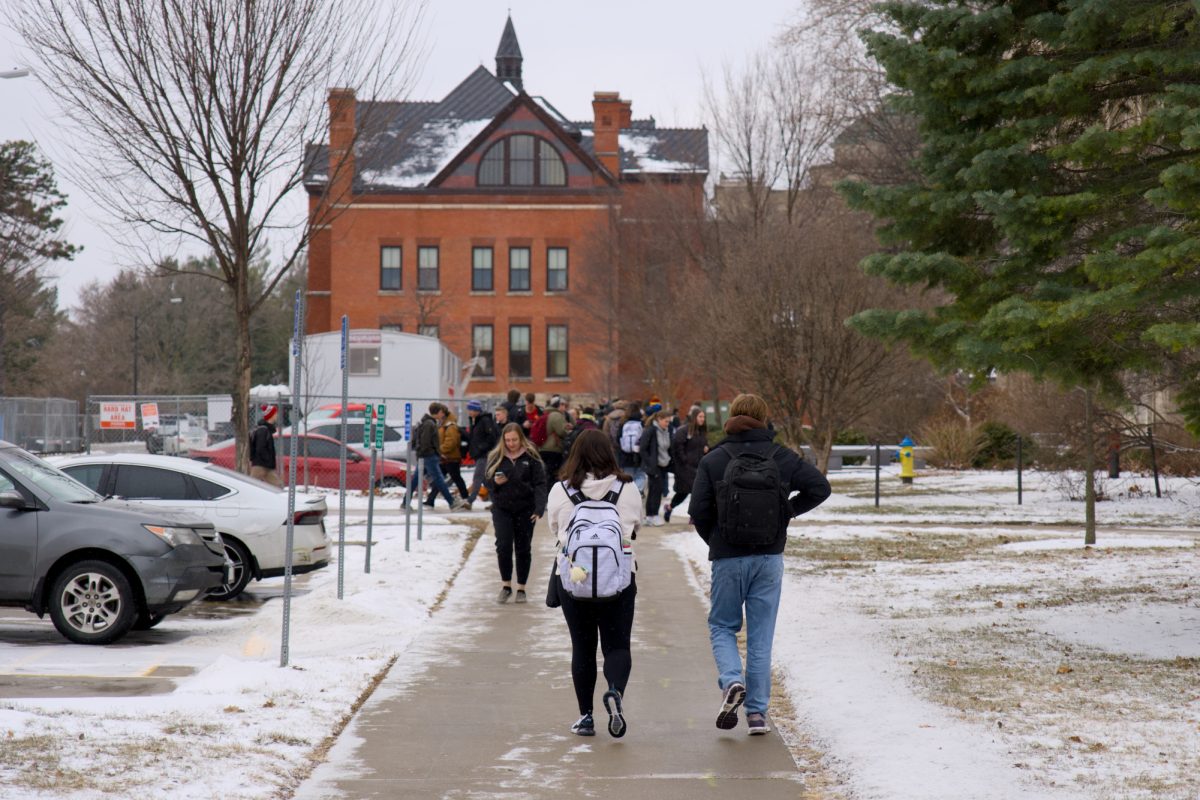Faculty salaries increase but still below average
August 29, 2005
While faculty salaries increased 4 percent on average for the year, Iowa State still remains behind peer institutions.
State funding has increased among colleges from 3 percent to almost 10 percent. In addition, general administrative funds have increased by more than 12 percent, according to the 2005-06 budget released Monday, which provided for the increase.
“Your peer institutions are not standing still,” said Gregory Palermo, president-elect of the faculty senate. “Neither are the economies of peer states.”
This year’s additional funds will help with faculty retention, but salary increases need to be continued in future budgets for Iowa State to attract strong faculty talent, said Palermo, professor of architecture.
“The Regents and Regents universities have a considerate and manageable plan,” he said. “We are hopeful we will be able to sustain it.”
Mark Chidister, assistant to the president for budget planning and analysis, said the 12.64 percent increase toward General Administration funding is primarily sourced from more than $2.8 million in additional funds earmarked under education and retention, which experienced a nearly 38 percent increase.
Although the funds are classified under education and retention, Chidister said the increase is directly related to nonrecurring appropriations from the Iowa Board of Regents and will be distributed throughout academic programs.
“It is a vehicle for handling one-time money,” he said. “If you put that on college budget, it gives the sign that it is recurring funds, which it is not.”
Chidister said Iowa State received $3.6 million in one-time funding from the Board of Regents’ Partnership Plan for Transformation and Excellence. The one-time funds are being used to meet demand for courses in mechanical engineering and business, create a new emphasis in the College of Design and improve underfunded core faculty positions in English, chemistry, journalism and music, he said. One-time appropriations will also be used to fund building renovations on campus.
“Using one-time funds as recurring funds creates some real challenges,” Chidister said.
He said funding for next year to replace this year’s one-time funding has not yet been decided, and it is unknown where the money would come from.
Claudia Baldwin, associate professor of veterinary clinical sciences, said the nearly 10 percent increase in funding for the College of Veterinary Medicine will help the school improve its reputation.
“We are hopeful that the increased revenue stream will return full accreditation to the college,” she said.
Baldwin said the College of Veterinary Medicine has not kept up with the mandates of the American Veterinary Medical Association, which placed the school on limited accreditation in 2003.






